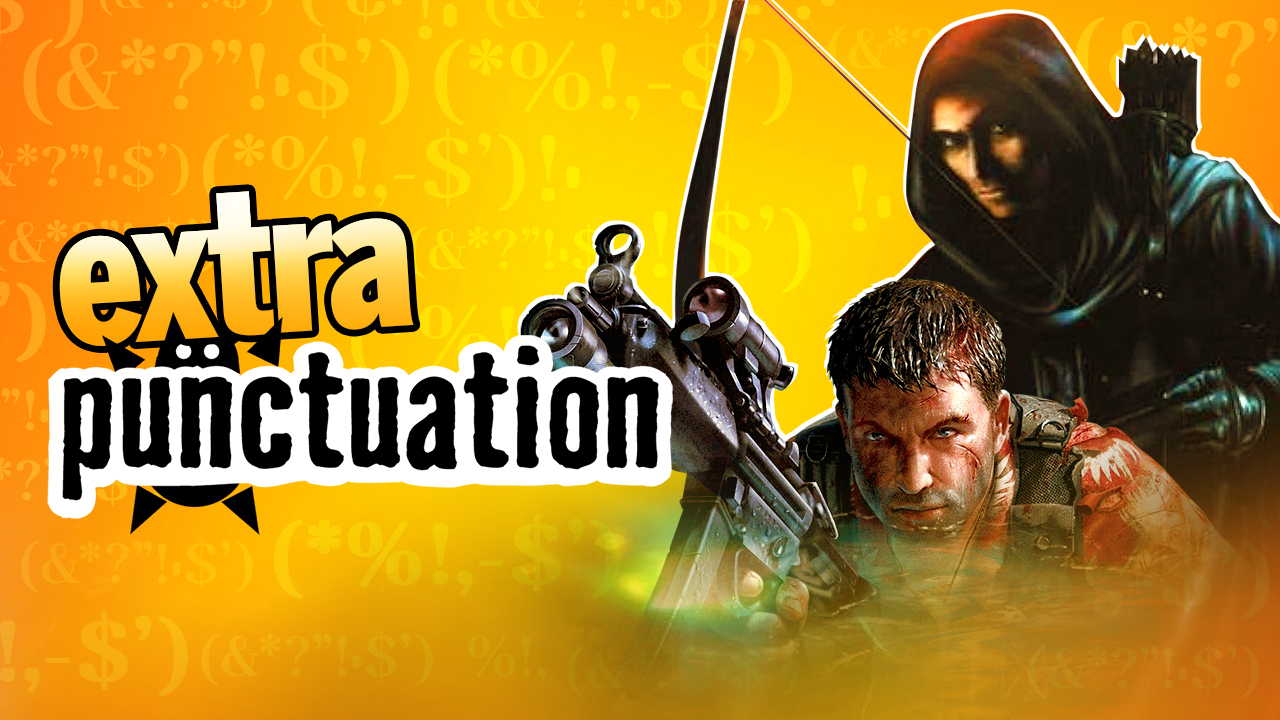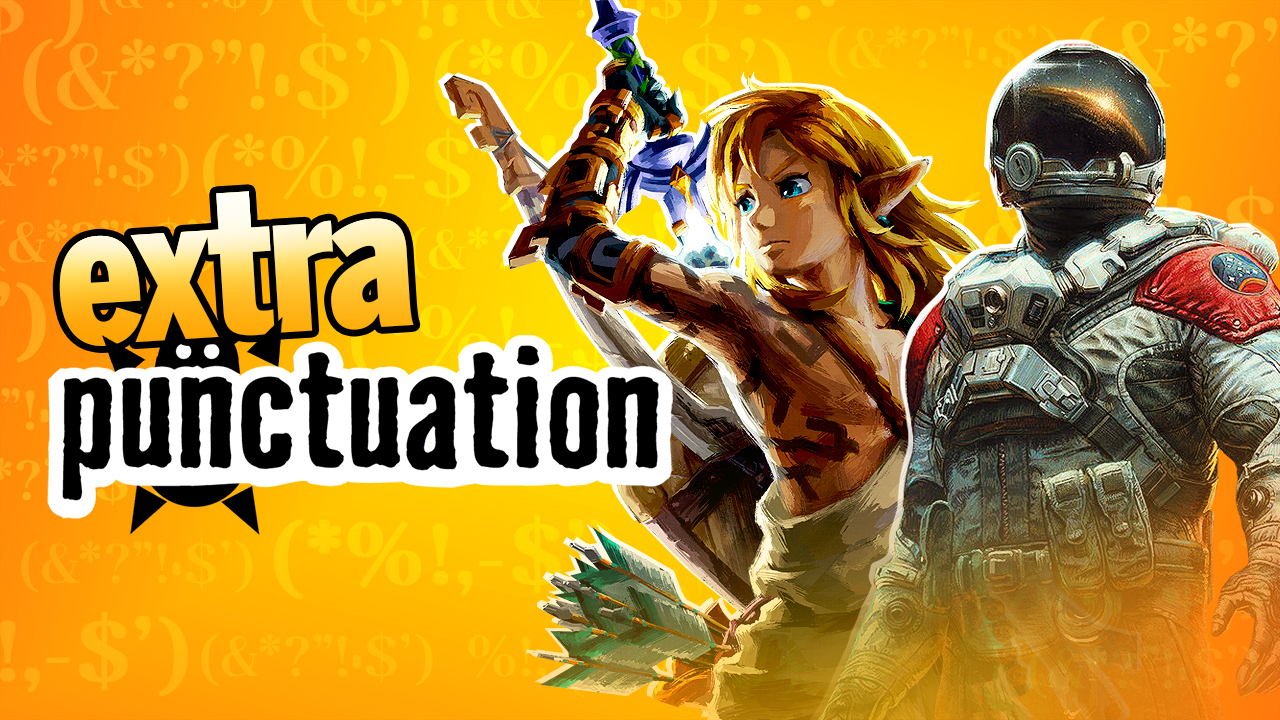
So my spurious unresearched speculation about Ride To Hell proved to be entirely correct, as my correspondents – by which I mean Wikipedia – revealed that it was, indeed, originally intended to be an open world game. Obvious, in retrospect: it has all the features of one, except for, you know, an open world. Hybrid driving and armed/unarmed combat gameplay (well, more lying side by side than hybridized, but whatevs), upgrade shops that look like they’re supposed to be mobile, an anomalous proportion of sex workers among the female population, and the plot structure involves going from colorful character to colorful character and doing odd jobs for them until they pass you onto the next character in the network.
Would being open world have saved Ride To Hell at all? Nopedy nope. There’s still the janky physics, awful graphics, humiliatingly bad voice acting and horrible design before you even get as far as the plot. But the thing is, that question, that one at the start of this paragraph, is a completely useless one. Ride To Hell is bad BECAUSE it was trying to be open-world. It failed because in trying to make it open world – which, for those of you outside the inner circle of game development, is quite hard – the creators overreached themselves and everything collapsed around them.
One thing that stuck out at me about this year’s E3 was the number of games being shown off for next-gen consoles that are going the open world route. New IP like Sunset Overdrive and Watch Dogs, old IP like MGS5 and Mirror’s Edge 2, as well as the already open-world staples like Assassin’s Creed and Infamous. I suppose there can be few better ways to show off the sheer testicle-terrifying power of the PS4/Xbone than by rendering entire cities at once. But does this represent a positive development?
Partly this is the ongoing problem I have with AAA – games being obliged to serve the interests of the console, one of my current favorite argue points, and feeling they have to push graphics and spectacle to the limit regardless of whether it serves the gameplay or the plot or the general tone of the game they want to make. It’s also that I don’t want everything to become open world any more than I wanted all triple-A gameplay to merge into the grey linear action-adventure cover shooting blob it currently exists in. I am a special multicolored snowflake of a man who passes through various different moods and I want games of all kinds that serve all those moods.
And there are inherent problems in open-world gameplay, most importantly the fact that it’s absolutely disastrous for pacing. So after the penultimate mission the villain stands atop the Statue of Liberty dangling the hero’s love interest off one arm and the hero’s dog off the other and calls the hero out to come join him for the epic final encounter, whereupon the hero decides it’s such a lovely day he might as well do a couple of a race and exploration challenges and maybe take one of the other love interests out on an optional bagel-purchasing mission. And on the flip side of the coin is the other thing open world games do too often – fail to understand that the most basic principle is to make the open world fun to get around, rather than just a dull commute between story missions.

Often, a game is better served as a linear experience, especially if any amount of effort has been put into the story. Now, please don’t misunderstand me – when I say ‘linear experience’, I do not mean a linear succession of combat arenas that lock the door behind you as you enter, makes you kill X number of enemies, and then opens the door to the next one. I like organic movement along a linear path. And for what I consider the best example of that, look no further than my own love interest, Half-Life. It is presented linearly, but each individual area has several routes and interconnecting hallways, and it frequently loops around and revisits areas to provide opportunities for environmental storytelling.
You can do crazy things in Half-Life, like, rather than killing all the enemies vizzin ze area designated for ze task, you can run back to the last room, lure enemies back with you, and bottleneck them at the door. Or maybe you could just run straight past them to the next area and hope they don’t follow. And here’s the even crazier thing, game developers: allowing this organic approach to enemy encounters, uninterrupted by awkward cutscenes showing the doors locking and the enemies filing in, would actually be less work than the locked-off arena jamboree. I know! What a crazy world.
There’s an idea: maybe if it’s so bloody important you could show off the console’s hardware by not unloading every single fucking room just because we’ve gotten to the next one. A back-and-forth approach, like the Metroidvania style I’m so very fond of, is better than sandbox play.
But here’s the punchline to the joke, readers: what I described up there, tedious linear room-by-room encounters, that actually describes half the gameplay of a lot of what are alleged to be open-world games. Sleeping Dogs, GTA4 and Assassin’s Creed 3 all do this: massive, lurching disconnect between sandbox gameplay and story missions. You can knock about having your open-quotes “fun” in the sandbox as much as you like, achieving sod all, but the moment you start a mission to progress in the game you’re fitted with blinkers and bit and sent along a veritable join-the-dots puzzle of linear objectives. Go here, contextual button press, go here, shoot a guy, get in car, follow other car – but don’t get too close or too far behind, remain perfectly within this ring around the pursuee or we will hit you. With a stick. And don’t even think about speeding ahead to where you know they’re going to go. We have an even bigger stick for your type.
So. In conclusion. By all means look forward to your bright, glittering future of open world games, next gen console forward-looker-toers. But know this: when open world has become the standard, you can expect many, many, many more Ride To Hells. Um. Rides To Hell? I think I fucked that up.
Yahtzee is a British-born, currently Australian-based writer and gamer with a sweet hat and a chip on his shoulder. When he isn’t talking very fast into a headset mic he also designs freeware adventure games. His personal site is www.fullyramblomatic.com.





Published: Jul 30, 2013 04:00 pm